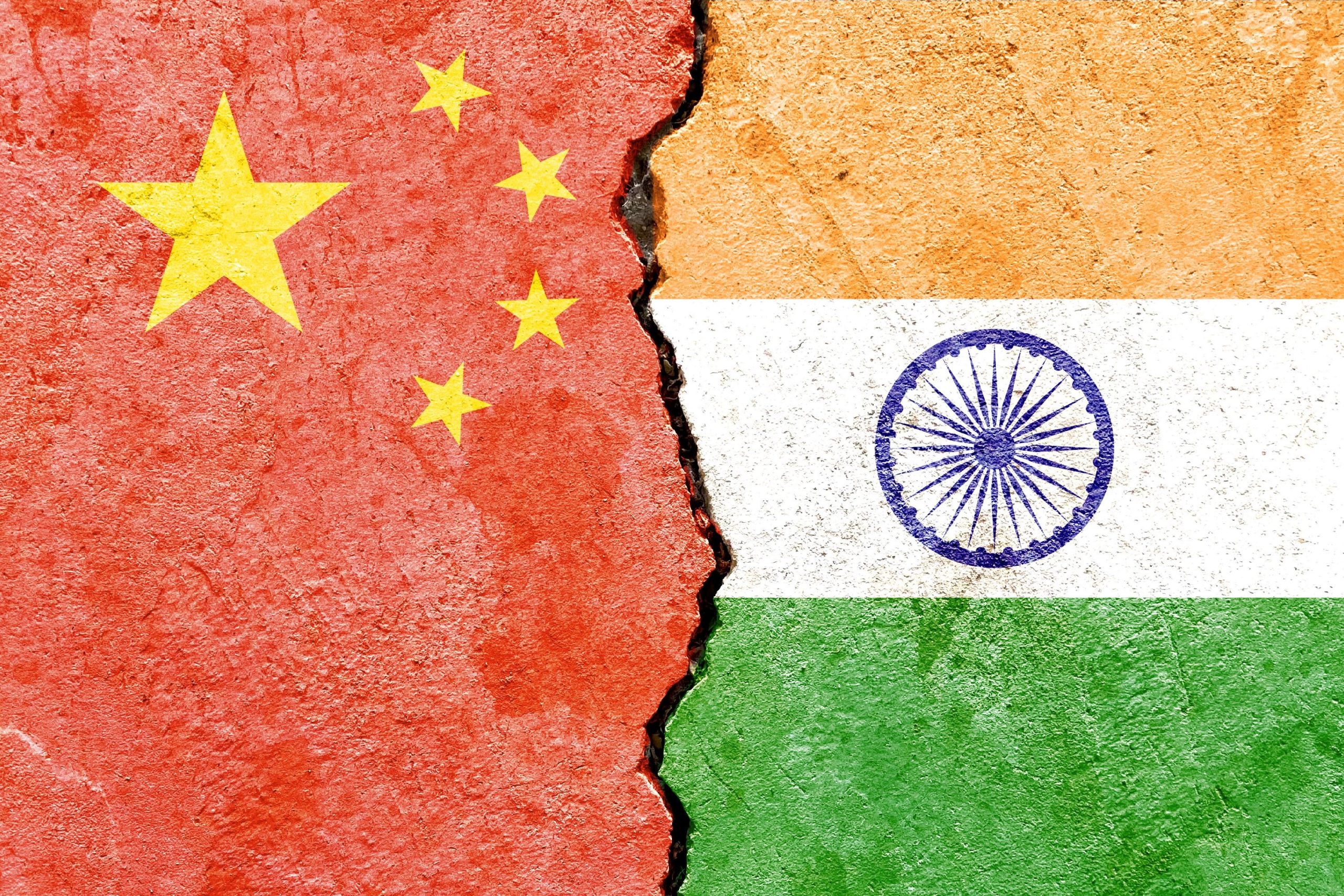

The rise of China as an assertive presence on the global political and economic stage has created new challenges, especially for the US as a presumptive global hegemon, and for regional actors such as India, Japan and many other Asian countries. National security and defense have been a major aspect of these challenges, and concerns of this nature led to the revival of the Quad – a “dialogue” among the US, India, Japan and Australia – in 2017, after a brief existence in 2007-2008.
While regional security issues remain important, especially once one looks to the west of India, as well as to its east, the economics of international trade have grabbed most of the recent headlines. President Trump’s perspectives on trade have collided with the basic principles of economics. The performative and politicized nature of the new US approach to global trade has also added complexity to the situation. Just as within any single national economy, international trade is not just bilateral, and services are no less important than physical products. Focusing on bilateral trade deficits can be seriously misleading as a driver of trade policy. Trade negotiations are inherently complex, and even when they are bilateral rather than multilateral, meaningful trade agreements take years to craft well. Politics is not irrelevant, but persistent political interference can derail this process, by lowering predictability and trust.
Nowhere is this more apparent than in the case of the US and China. The trade imbalance between those two nations has been one aspect of global competition between the world’s two largest economies, and became a particular focus of the Trump tariff tantrum. After a phase of chest-beating and other dominance displays, US-China trade negotiations will now begin in a situation where trust and predictability have already been eroded. Pausing tariff escalations for 90 days does not create certainty. The US has skilled, experienced trade negotiators, but if they are constrained by irrational objectives, they will struggle to make progress. On the other hand, for both countries, working out a new trade deal is a top priority. Neither country can afford an actual trade “war.”
India is in a very different situation. It does not have the kind of bargaining power that China has. When larger strategic issues come into focus, then India benefits as a counterweight to China – what the previous US administration was calling “friendshoring.” But trade is a different story. Indeed, President Trump has decided that India is a major offender on the trade front – the “tariff king.” Even as he prematurely claims some kind of victory in his dealings with China, he has turned his focus to India, publicly telling the CEO of Apple not to make iPhones in that country until it brings down all its tariffs, because he wants the company to shift production to the US. Clearly, though, making iPhones in the US makes little economic sense.
In this kind of situation, India faces multiple challenges in maintaining and building its relations with the US. Slow, painstaking trade negotiations may not be the most productive approach in the immediate future. The US-UK trade deal, and the US-China “reset” are examples to follow. The US president wants favorable optics, and India will have to decide what it can do to satisfy that want. In hindsight, while India was making some efforts in that direction, such as for natural gas purchases, it was too timid. Getting ahead of the US-China cooling off would have helped, though it might not have made too much of a difference. Fortunately, it is not too late, since there are many paths forward, even if offering the gift of a luxury jet is not among the options. India has to be especially careful of protecting its agricultural sector from US agribusiness demands, since that would be politically untenable. But there are any number of luxury goods, and even high-end food items, where India can offer concessions. Offering the US some quick wins is important. Unlike China, India has almost no leverage in trade negotiations.
Meanwhile, India needs to counter the negative rhetoric, which has come from the US commerce secretary, and not just the president. US business leaders of Indian origin can be vital in shifting the US policy focus to matters where US-India interests are clearly aligned, particularly as “India-not-China.” This includes various high-tech areas such as AI, low-cost pharmaceuticals, and even higher education. CEOs such as Elon Musk and Jeff Bezos have not been shy about dealing with the new political realities of doing business in a Trump-shaped world economy, and other world leaders have played along too. Finally, while the US president’s inclination is to want to deal with autocrats, he would welcome opportunities to burnish his tarnished democratic credentials in collaborations between the world’s two largest democracies. From India’s perspective as well, tapping more enthusiastically into the best that the US has to offer is not a bad thing.
Are You Passionate About India's Future? Join Our Community to Collaborate, Advocate, and Create Positive Change.